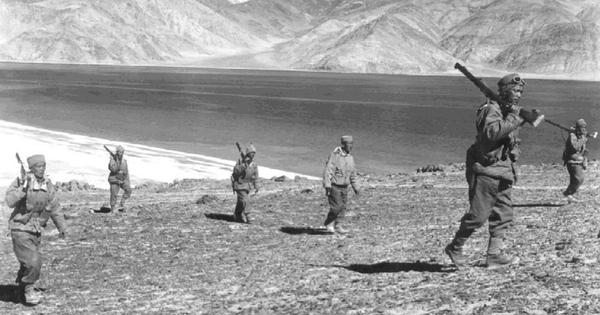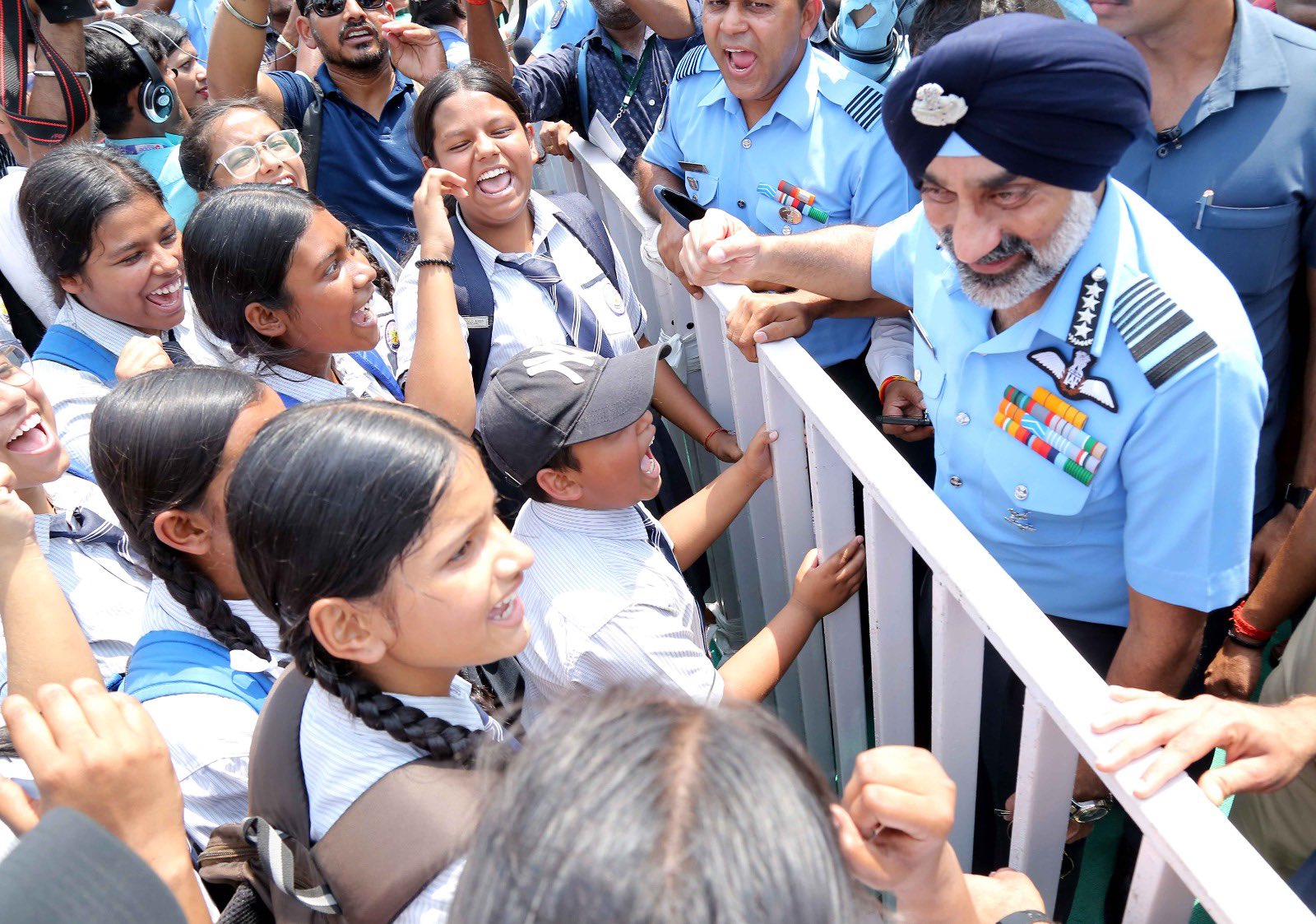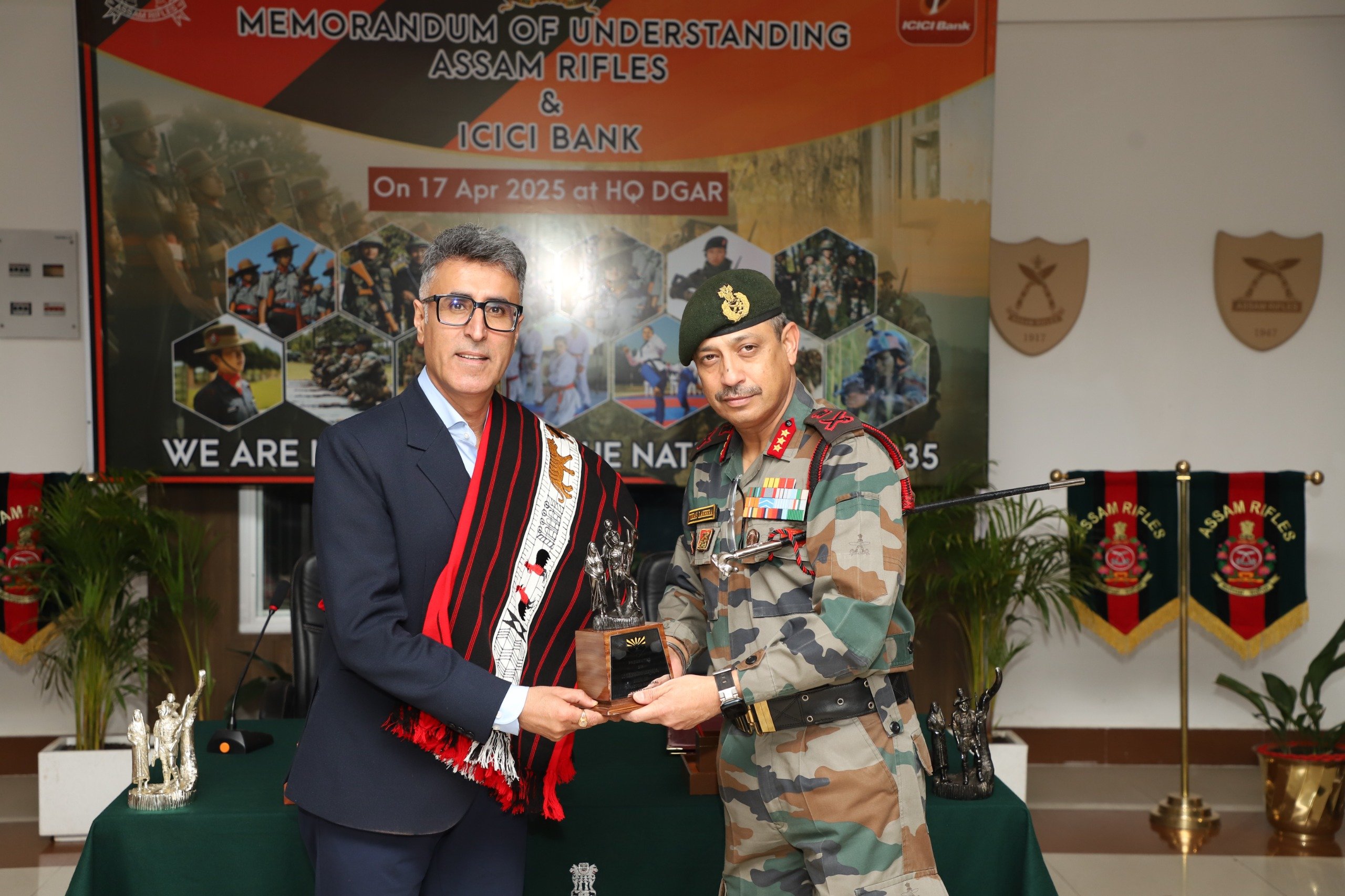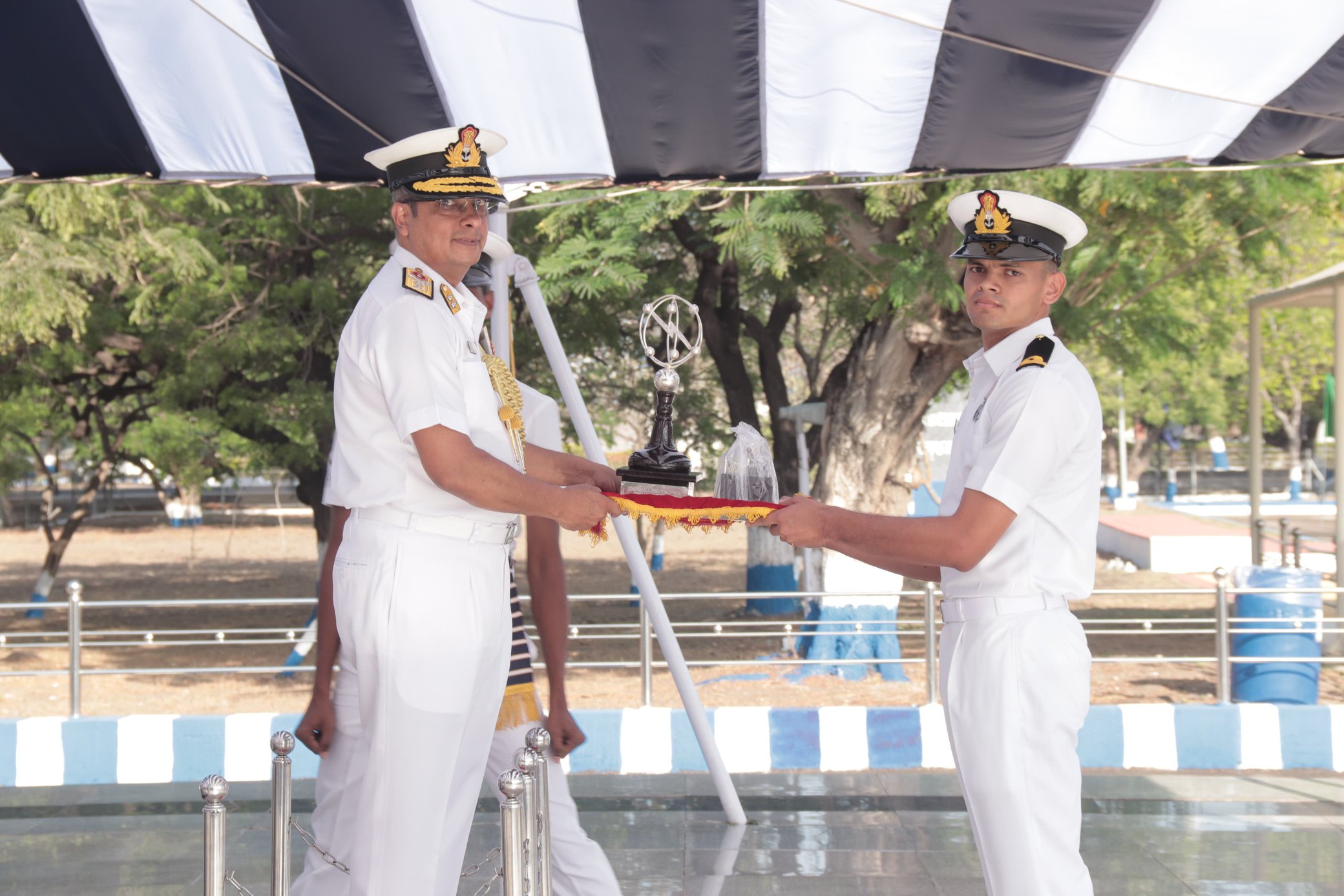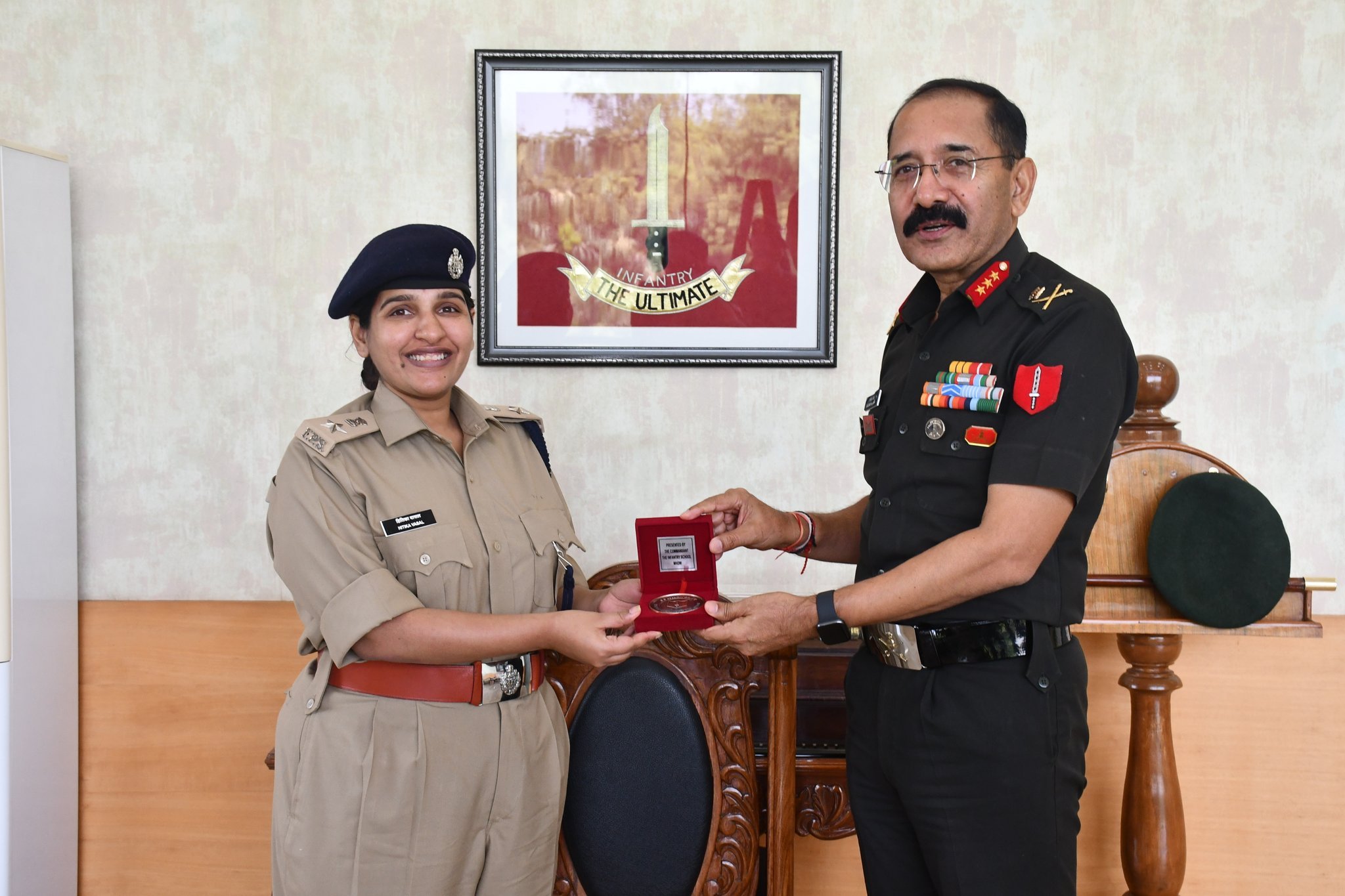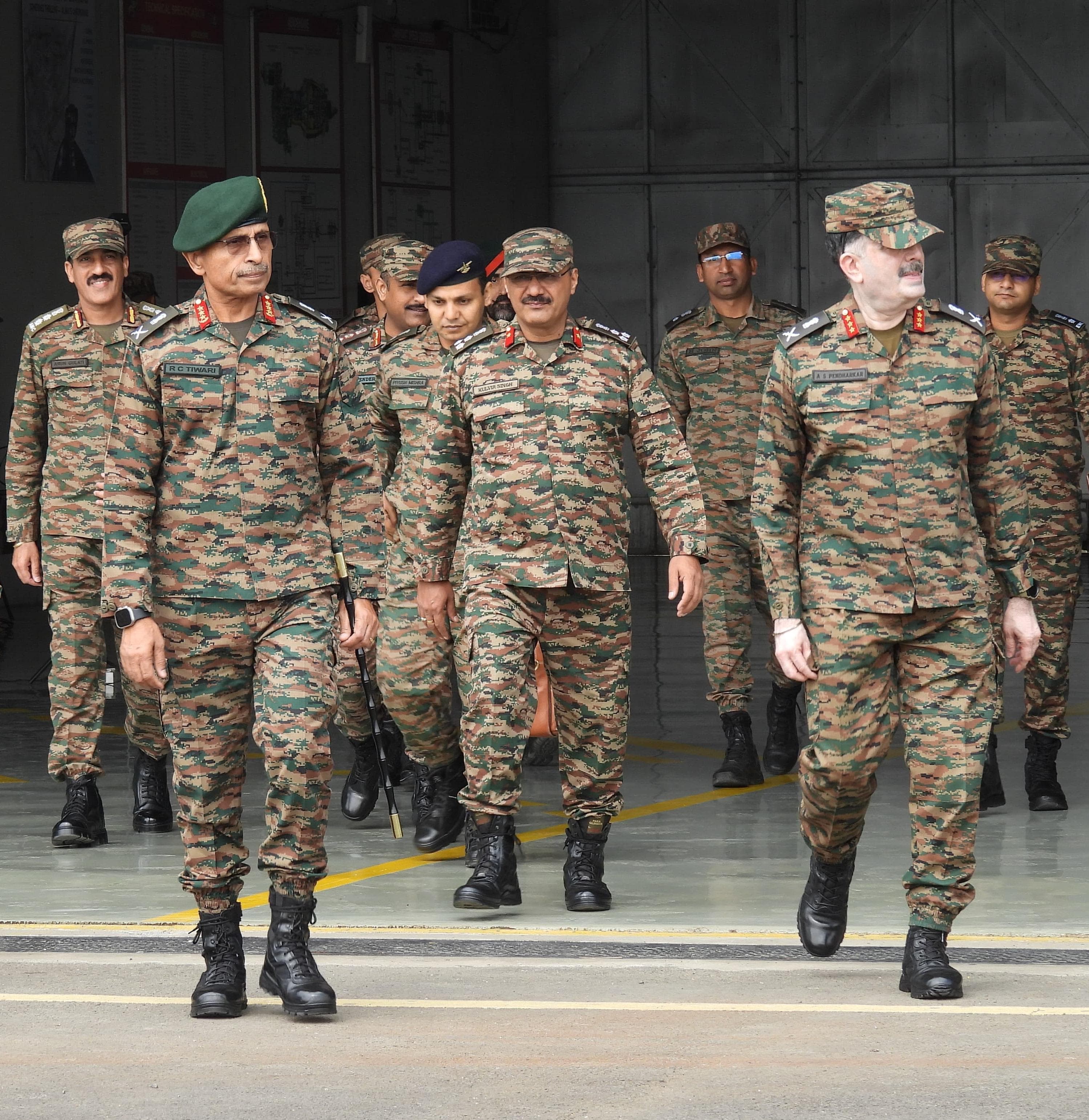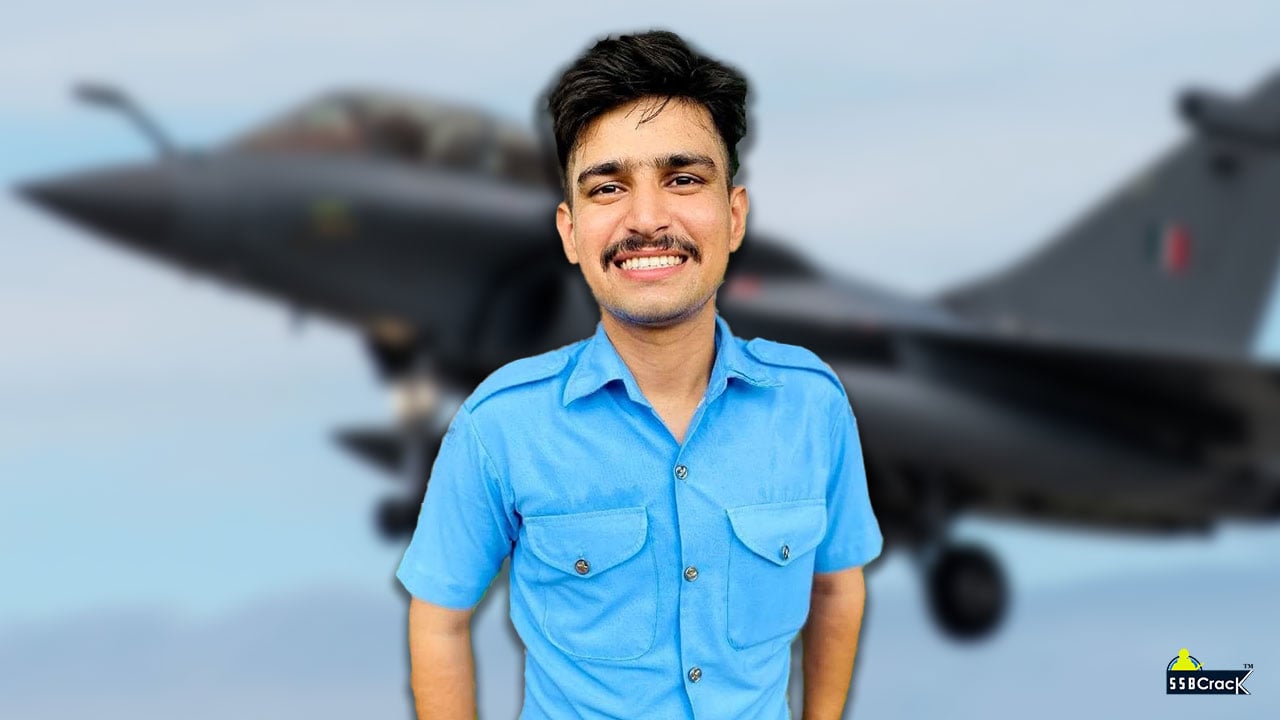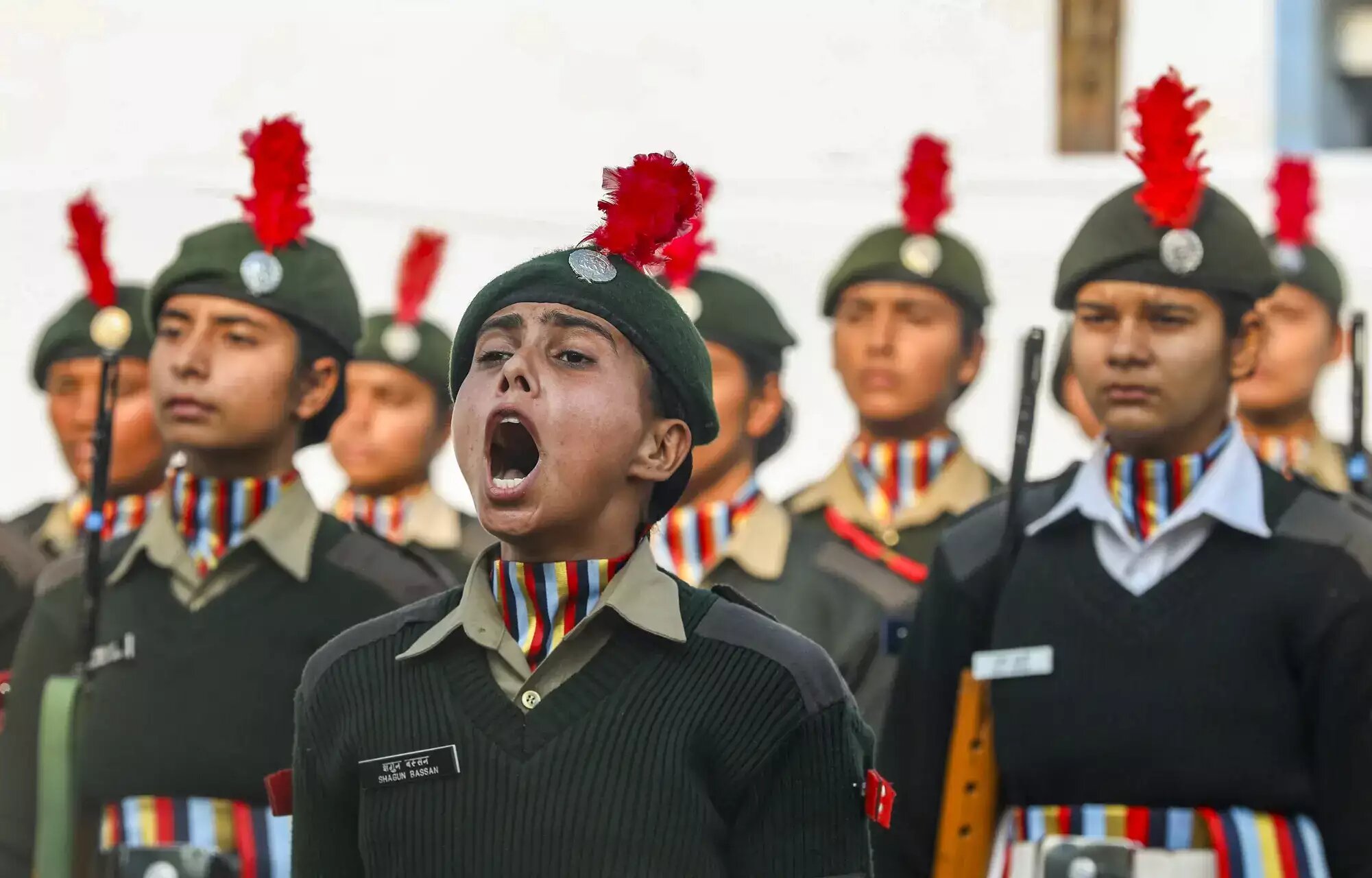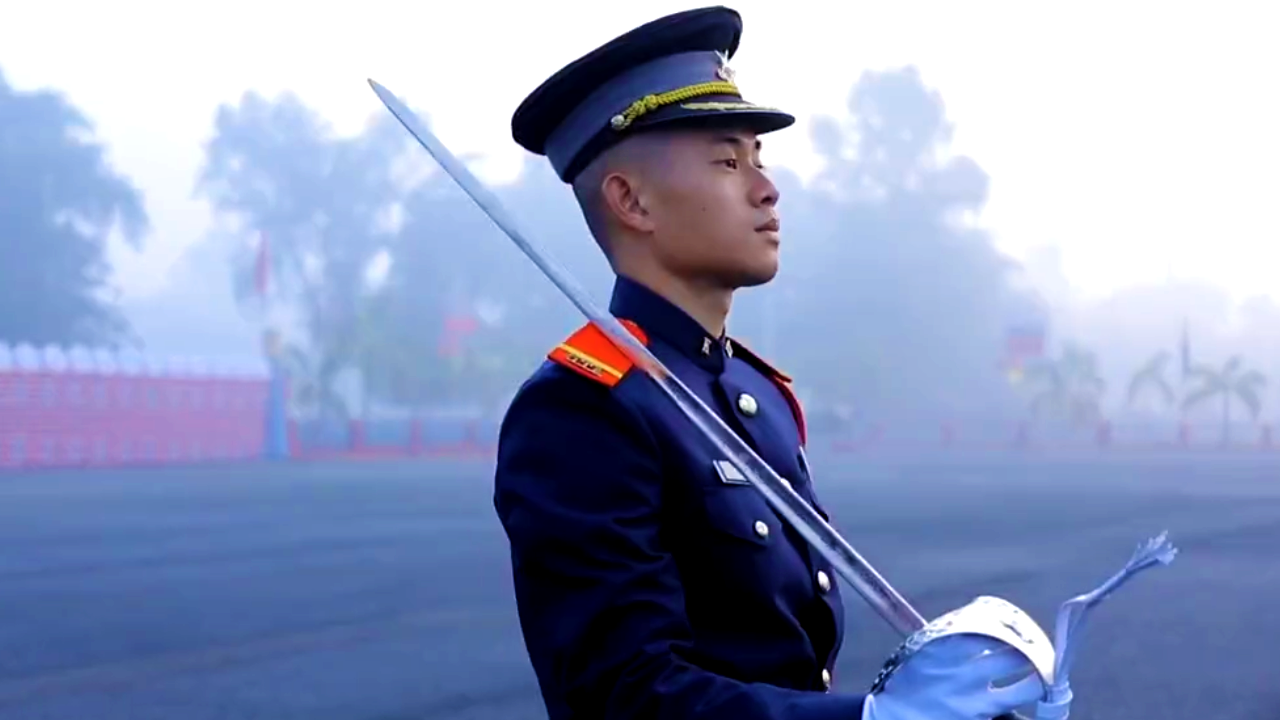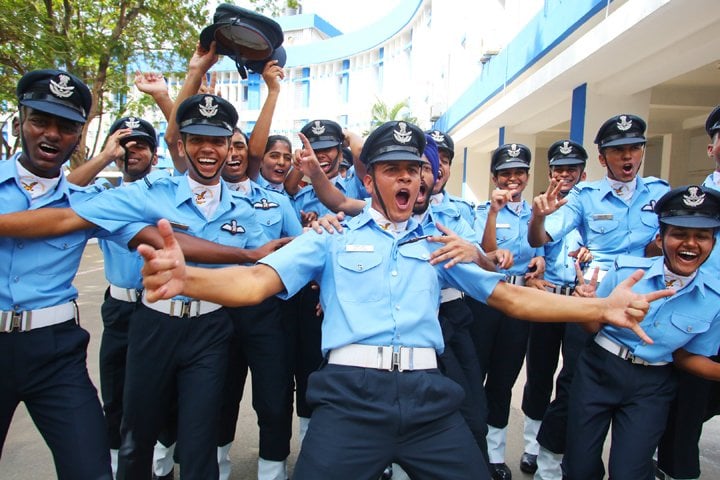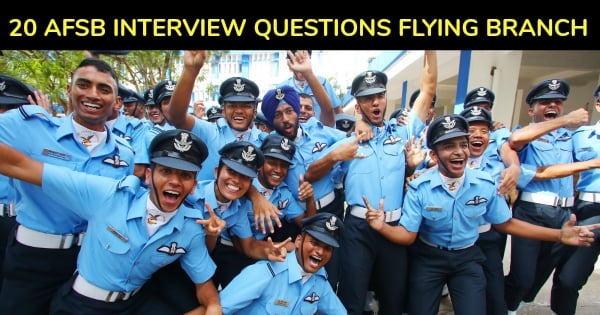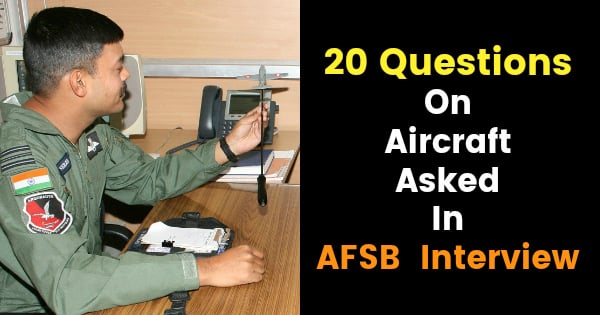Driving through the serene landscapes toward Tawang in Arunachal Pradesh, travelers encounter a poignant reminder of India’s military history—a 1962 War memorial that echoes the sacrifices made by the nation’s brave soldiers. Nestled high in the Himalayas, this memorial bears an inscription that reads, “when you go home, tell them of us and say, for your tomorrows, we gave our today.” This sentiment resonates deeply as visitors reflect on the courage of those who defended the nation during one of its darkest chapters.
In the shadow of Sela Pass, at an elevation of 10,700 feet, lies Fort Jaswant Garh, named after the valiant Rifleman Jaswant Singh Rawat of the 4 Garwhal Rifles. His story, along with that of his comrades—Rifleman Gopal Singh Gusain and Lance Naik Trilok Singh Negi—has become a significant part of the heritage of the region. On November 17, 1962, amidst fierce combat, these young soldiers undertook a perilous mission to neutralize a Chinese machine-gun position that was causing heavy casualties. Despite suffering a grave head wound, Rifleman Rawat heroically threw a grenade that allowed his unit to regroup, earning him a Maha Vir Chakra (posthumous), India’s second-highest gallantry award.
Fort Jaswant Garh is now home to a small detachment of soldiers who honor his memory by welcoming visitors with hot tea and snacks. Each day, they meticulously maintain the post, believing that Rifleman Rawat continues to watch over them. His bunk remains ready for him, and he is ceremonially promoted year after year, even being sent on annual leave with a train ticket booked in his name. Local folklore has it that anyone who pays their respects to “Baba” Jaswant is shielded from harm on their journeys through the region.
Further north, the battlefield has a different name—Joginder Nagar, named in memory of Subedar Joginder Singh, who fought valiantly with the 1 Sikh Regiment. During a harrowing stand against overwhelming Chinese forces, he held off multiple attacks and was ultimately awarded the Param Vir Chakra, the nation’s highest honor for bravery. His and Rawat’s sacrifices exemplify the spirit of those who gave their lives for the country, yet many such heroes remain relatively unknown, their names carved into the stone markers of tiny war cemeteries scattered throughout these breathtaking valleys.
The scenic beauty of Arunachal Pradesh, with its lush green vistas and majestic waterfalls, belies the tragic past it holds. The horrific echoes of the 1962 War, fraught with complexity and lingering questions, still affect individuals and families today. Many grapple with the ghost of that conflict, pondering over the decisions made by leaders and the harrowing consequences that followed. The sentiments expressed in Lata Mangeshkar’s iconic song “Aye Mere Watan Ke Logon” resonate with those who remember, encapsulating a mix of pride, sorrow, and indignation that refuses to fade.
A common misconception persists regarding the role of the Indian Air Force during this conflict. While it is often noted that the IAF was not engaged in direct combat, this overlooks the critical support roles that were played. Transport aircraft and helicopter units operated tirelessly to supply isolated troops and evacuate casualties, showcasing remarkable bravery amidst formidable challenges. These pilots, undeterred by adverse conditions and enemy fire, exemplified the unyielding spirit of their mission.
In remembrance of these extraordinary acts of valor, the stories of the soldiers and airmen from the 1962 War remain vital; they are narratives deserving of recognition and retelling in honor of those who selflessly gave their lives for their nation. The picturesque backdrop of the Himalayas stands as a witness to their sacrifice and bravery, encouraging every visitor to reflect on the profound legacy that continues to shape India’s history.

